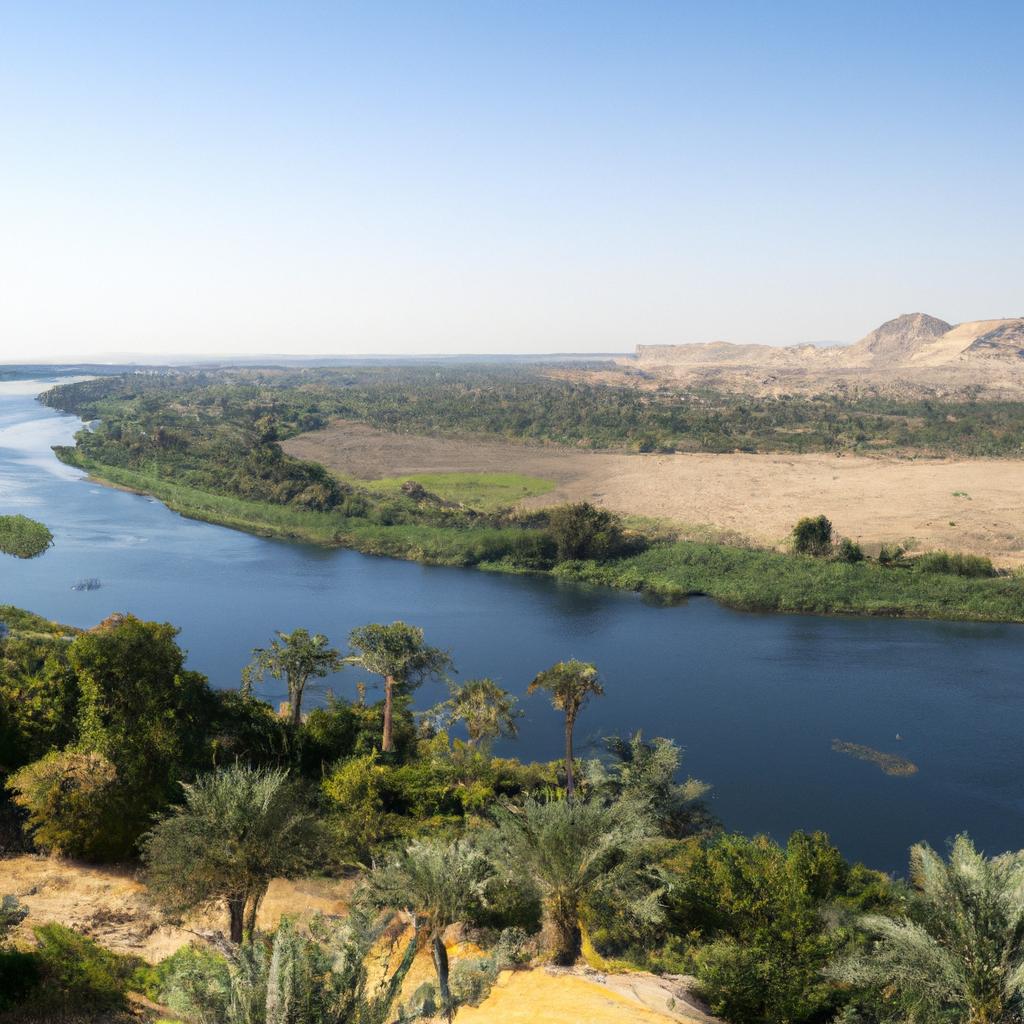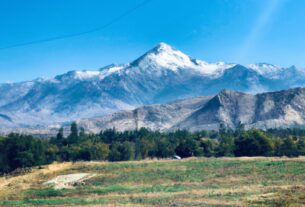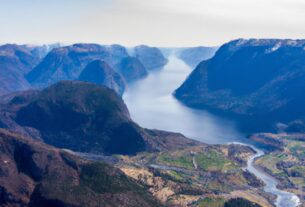Egypt, the land of pharaohs, pyramids, and ancient civilization, is home to one of the world’s most iconic natural wonders – the Nile River. Embark on a captivating journey through time and nature as we explore the geography, ancient civilization, modern-day life, and environmental issues facing the Nile Valley.
Geography and Climate of the Nile Valley
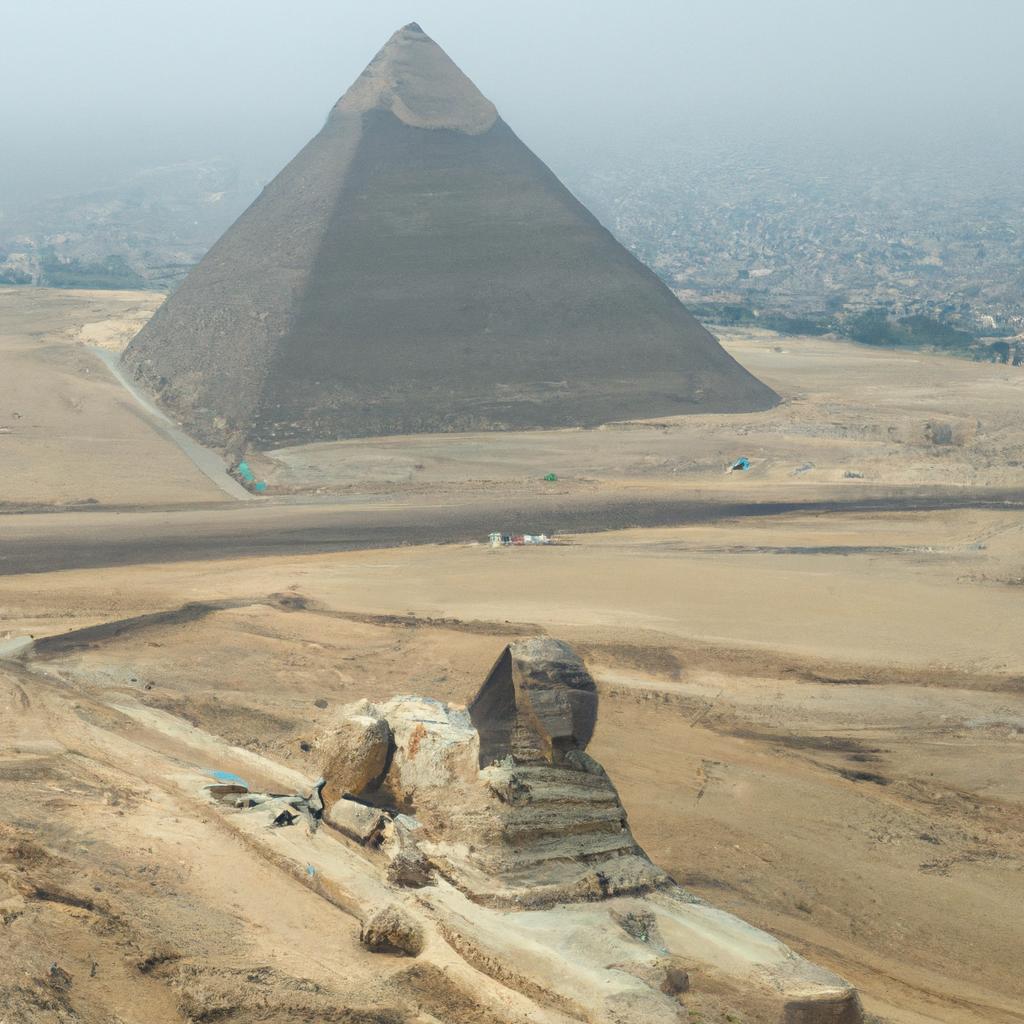
The Nile River, stretching over 6,650 km, is the longest river in the world, flowing through eleven countries in Africa. In Egypt, the river is the lifeblood of the Nile Valley, supporting agriculture, transportation, and domestic use. This narrow strip of land along the riverbanks is characterized by vast deserts interrupted by fertile oases and valleys. The Nile River creates a lush green belt amidst the desert, where crops like wheat, cotton, and sugarcane thrive. The climate in the Nile Valley is hot and dry with a long, scorching summer and a short, mild winter.
Ancient Egyptian Civilization in the Nile Valley

The Nile Valley in Egypt is renowned for its ancient Egyptian civilization. Home to iconic landmarks like the Great Pyramid of Giza, the Sphinx, and the Valley of the Kings, this civilization’s legacy endures to this day. The ancient Egyptians revered the Nile River as a divine gift, depending on it for irrigation, transportation, and fishing. They built magnificent cities and temples along its banks. With a complex society led by pharaohs, skilled in various fields, the ancient Egyptians excelled in agriculture, architecture, medicine, and art.
Modern-day Life in the Nile Valley
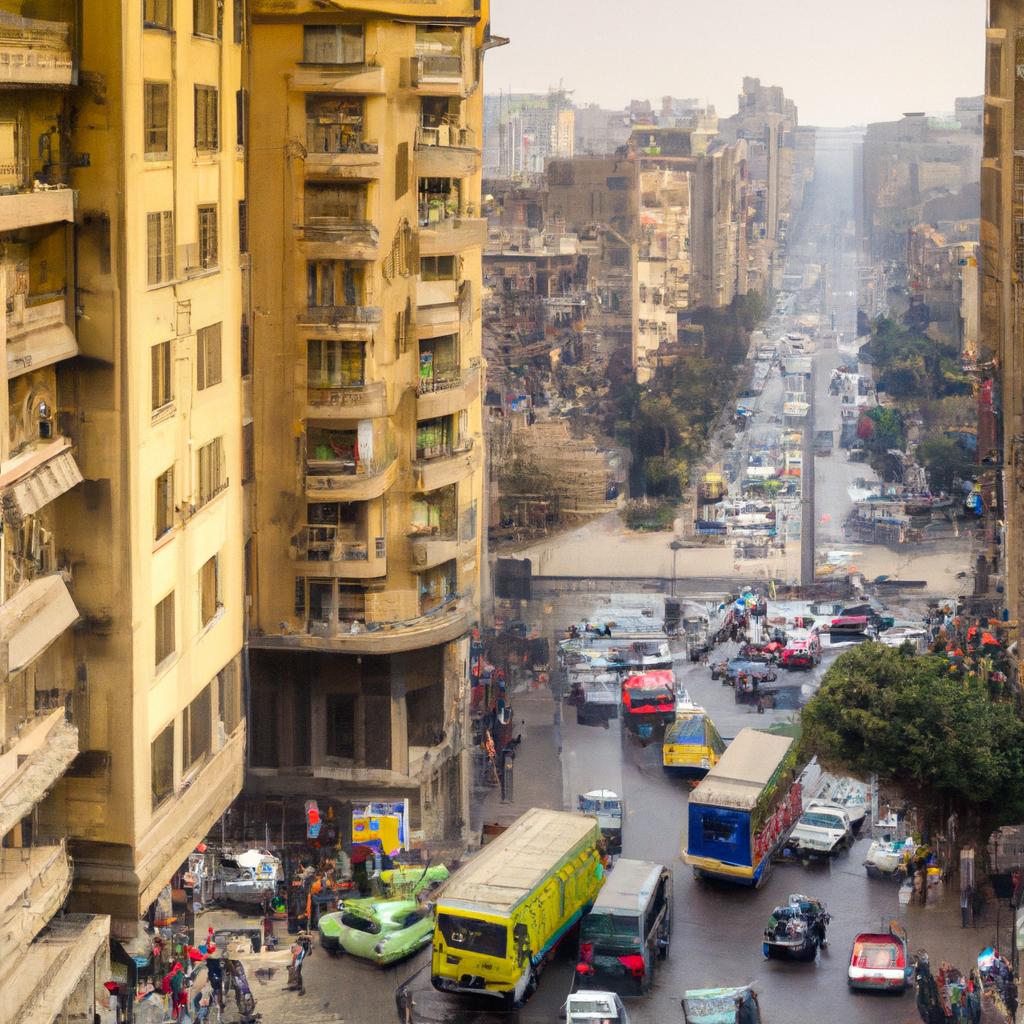
Modern-day life in the Nile Valley has seen remarkable evolution. Urban centers like Cairo, Luxor, and Aswan are bustling with millions of people. Egyptian society blends tradition and modernity, with hospitality, friendliness, and pride in their rich history and culture. The Nile River remains crucial, providing water for irrigation, drinking, transportation, and recreation. The Aswan High Dam regulates its flow, ensuring electricity supply. Agriculture thrives in the Nile Valley, with crops like wheat, cotton, and sugarcane being exported globally. The region also attracts millions of tourists each year, drawn by its ancient landmarks and monuments.
Environmental Issues Facing the Nile Valley
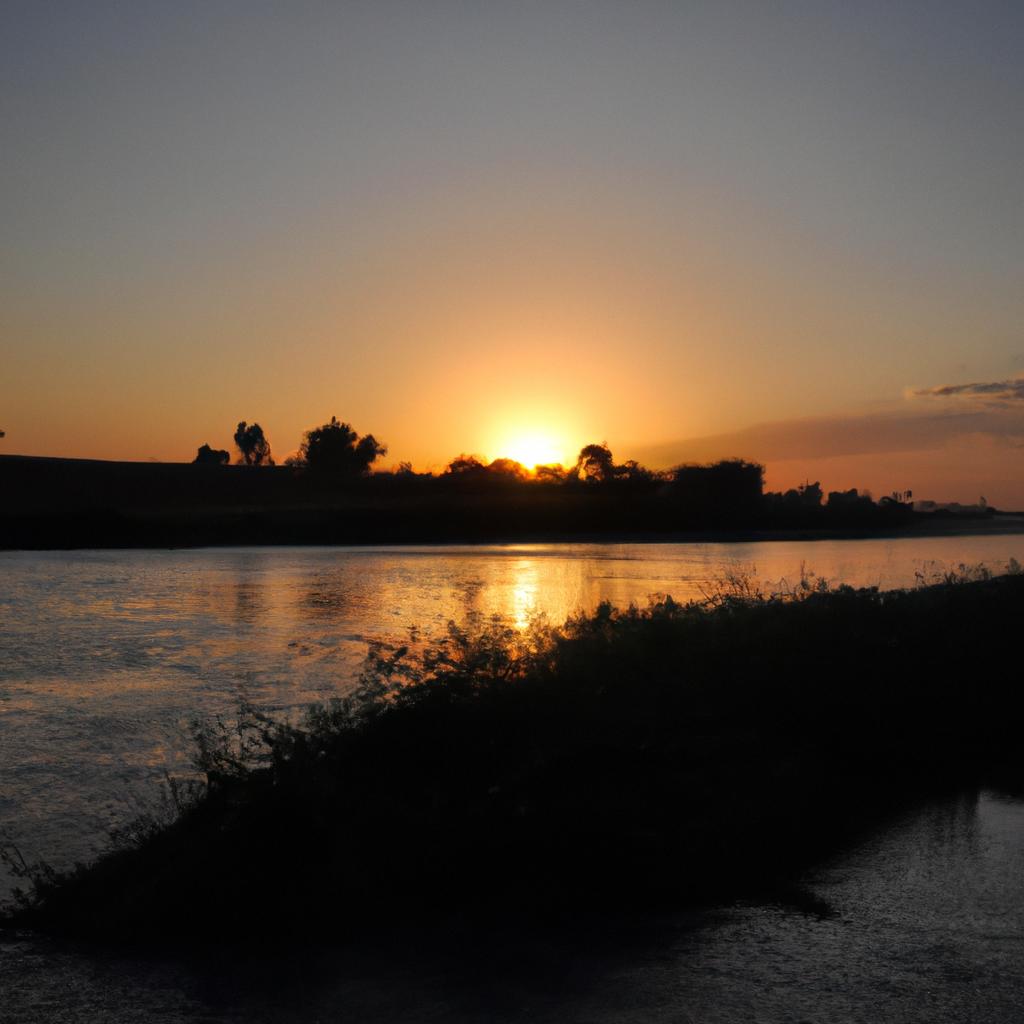
While the Nile River continues to play a vital role in Egypt’s agriculture, industry, and infrastructure, the Nile Valley faces environmental challenges endangering its sustainability. Pollutants from industrial waste, sewage, and agricultural runoff jeopardize the river’s water quality and harm its flora and fauna. Water scarcity is another significant issue, exacerbated by climate change and population growth. Efforts are underway to address these challenges, with the Egyptian government implementing initiatives to reduce pollution, improve water management, and invest in renewable energy sources. International organizations like the World Bank and the United Nations are collaborating with Egypt to preserve the Nile River and promote sustainable development in the region.
The Nile Valley in Egypt has played a vital role in shaping the country’s history, culture, and identity. This region, blessed with the Nile River, has captivated the world with its ancient civilization, modern-day life, and breathtaking natural beauty. Yet, the Nile Valley faces environmental threats that demand urgent attention. As we navigate the path to preserving this extraordinary region’s future, let us celebrate its enduring significance. Learn more about the Nile Valley and its rich history at TooLacks, where we specialize in news about nature, gardening, and animals.
